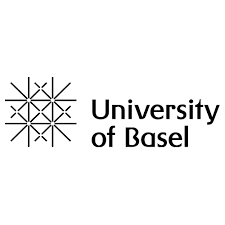Day :
- Pharmaceutical Nanotechnology
Location: 5
Chair
Vera I. Isaeva
National University of Science and Technology, Russia
Session Introduction
Christoph Gerber
University of Basel, Switzerland
Title: Atomic Force Microscopy AFM the ultimate toolkit for Nanoscience and technology

Biography:
Christoph Gerber is a titular professor at the Department of Physics, University of Basel, Switzerland. He was a founding member and Director for Scientific Communication of the NCCR (National Center of Competence in Research Nanoscale Science). He was formerly a Research Staff Member in Nanoscale Science at the IBM Research Laboratory in Rueschlikon, Switzerland, and has served as a project leader in various programs of the Swiss National Science Foundation and in the European Framework 6. For the past 40 years, his research has been focused on Nanoscale Science. He is a pioneer in Scanning Probe Microscopy, and he made major contributions to the invention of the Scanning Tunneling Microscope and the Atomic Force Microscope (AFM), he is also a co-inventor of Biochemical sensors based on AFM Technology.
Abstract:
Nature is the best example of a system functioning on the nanometer scale, where the involved materials, energy consumption and data handling are optimized. The emergence of Atomic Force Microscopy (AFM) 31 years ago in the then fledgling field of nanotechnology led to a shift of paradigm in the understanding and perception of matter at its most fundamental level. It undoubtedly has opened new avenues in physics, chemistry, biology and medicine and still is inspiring researchers around the world testified so far by more than 300’000 scientific articles in peer reviewed journals . The high flexibility of AFM to image, probe and manipulate materials with unprecedented resolution and to be combined with other technologies made it the most powerful and versatile toolkit in nanoscience and – technology of today. As a consequence, new revolutionary concepts stimulated numerous new technologies across all disciplines and beyond. I will discuss recent findings.

